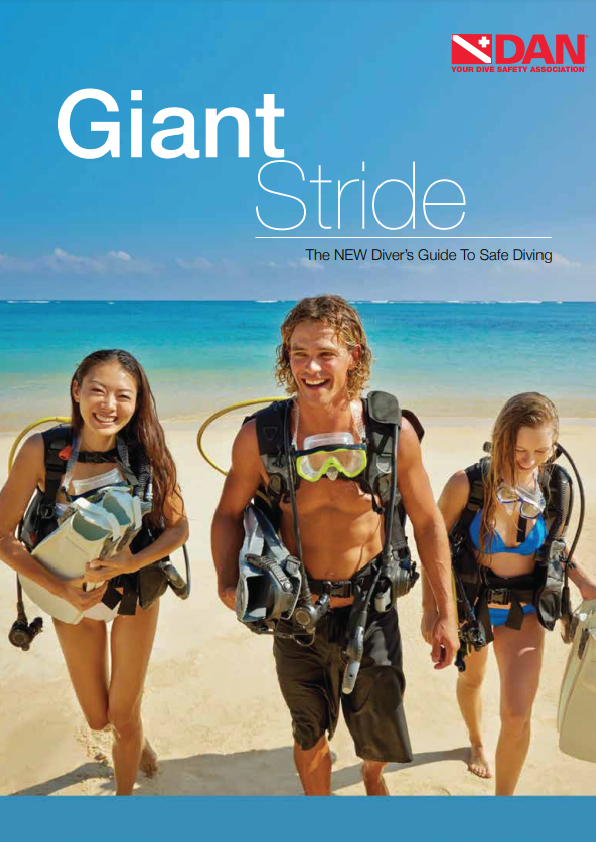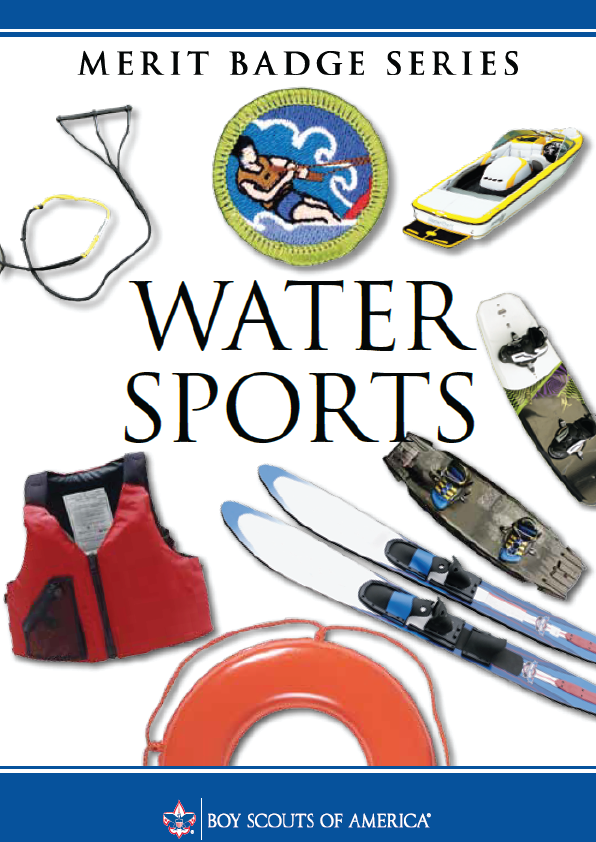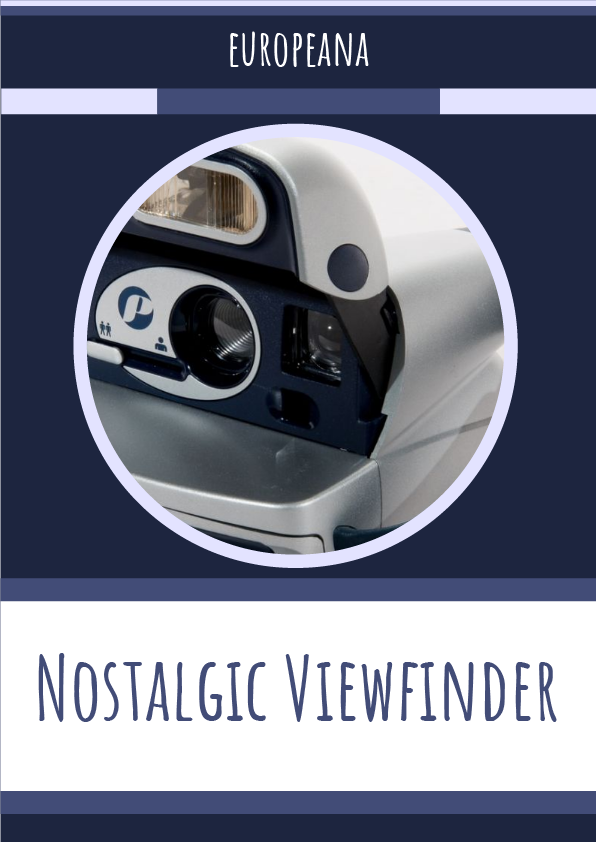Your Dive Equipment Because you rely on your gear.
Your gear is your underwater life-support system; it helps you maneuver, protects you from the elements and assists you in emergencies. Your gear must fit you well and be suited to the type of diving you intend to do. Most importantly, you should understand your gear and know how to properly assemble, maintain and use it.
Quality Considerations
The quality of your equipment is important. When buying gear, you should look at performance and maintenance ratings, rather than deciding just on the basis of cost. There are lots of factors to weigh. Are you choosing a very basic pair of fins or a top-of-the-line buoyancy compensator (BC), also known as a buoyancy control device (BCD)? Are you interested in warm-water or cold-water diving? Will you stick to recreational diving or do you want to try cave diving? The type of diving you intend to do dictates what kind of equipment you should buy. Although the basics will likely stay the same, certain elements might vary. Talk to your instructor; visit your local dive shop; shop around; talk to your dive buddies; and check online resources (including websites and scuba-related chat forums), dive clubs and local diving sites. Observe what other divers are using and ask why they like it. Who knows? You might make new buddies along the way!
Fit and Comfort
Properly fitting gear can aid your underwater performance in many ways. If your gear fits well, it becomes part of your body, not something you have to constantly think about and adjust. Gear that fits you and that meets your needs allows you to focus on more important things — like your buoyancy, your buddy and the amazing marine life around you. Being familiar with and comfortable in your gear will also improve your peace of mind. In case an emergency does arise, the right equipment will help keep you calm, comfortable and in control — while ill-fitting equipment can introduce additional complexity to a crisis. Try gear on before you use it. Not every shop carries every type of equipment or every brand of gear. But it’s important to make sure that each piece you buy (or rent) meets your needs. Try the gear on and don’t be afraid to ask about brands that a given shop may not carry.
When It’s Best to Buy
Owning your own gear contributes to your safety in several ways. Gear you buy is more apt to fit just right, and you’re more likely to become familiar with how it’s configured and how to use it. The cost of equipment sometimes keeps novice divers from investing in new gear up front. Generally speaking, the higher an item’s quality, the more it costs. Don’t compromise on safety — make sure to invest in the right equipment that will keep you safe underwater. And even if you decide to rent some larger pieces, there are a few basic items you’ll surely want to own, including a mask, snorkel and fins. There are dozens of manufacturers; some specialize in specific types of equipment and some are generalists. Deciding what to buy can be overwhelming. Take your time, discuss your options and do your homework. Renting until you’re sure what you want is a reasonable way to go. If you plan to dive close to home several times a year, it may be wise to invest in much of your own equipment. But if you’re likely to dive only a couple of times a year, especially at international destinations, it may not be cost-effective to buy gear such as weight systems or tanks. As you continue to dive, you’ll develop your own preferences for which pieces of equipment it makes sense to own. Based on where you dive, how often you dive and the type of diving you do, you may find that buying more of your gear makes diving more convenient. But most importantly, owning your gear gives you a margin of comfort and safety.
Factors to Consider in Renting
If you’re not ready to purchase all your own gear, renting offers a great way to sample different styles and brands of equipment. Renting will give you time to discover your equipment likes and dislikes before you invest in your own. Renting may also be a good idea if you’re planning a trip to a distant dive destination and don’t want to carry all your gear with you; resorts often offer a variety of rental options, which may or may not be included in your base fee. However, keep in mind that renting a full kit about 10 times costs roughly as much as buying it. Many dive shops offer a variety of rental options. The quality of rental equipment will differ, so research the dive shop, visit it if you can and look closely at what’s available. Make sure you rent the right equipment for the type of dive you plan to make. For example, if you’ll be wearing a wetsuit for shore diving, make sure you have booties with thick soles to protect the bottoms of your feet from rocks and shells. Or if you rent a wetsuit for a cold-water dive, remember that a surfing wetsuit won’t provide adequate thermal insulation. Before each dive, call ahead to make sure the shop will have the equipment you want on the day you need it — and reserve it if possible. This will ensure that the shop won’t be out of your size or preferred brand, even if they have to outfit several students for a diving course. Even if you choose to rent gear at your destination, you’ll still want to bring a few items of your own, as outlined in this chart.
Do you want to explore more about the topic? You can read through the book above.











